Insadong Sagwanamu (인사동사과나무)
1.9Km 2021-03-29
24-1, Insadong 14-gil, Jongno-gu, Seoul
+82-2-722-5051
This is where you can dine on the outdoor terrace. This restaurant's signature menu is steak. This Western dishes restaurant is located in Jongno-gu, Seoul.
Puerta Heunginjimun (Dongdaemun) (흥인지문)
1.9Km 2023-02-21
Jong-ro 288, Jongno-gu, Seúl
La puerta Dongdaemun fue originalmente llamada Heunginjimun, y es la antigua entrada oriental a la ciudad de Hanyang (Seúl).
Dongdaemun fue edificada por el rey Taejo in 1396, renovada por el rey Danjong en 1453, y su actual estructura fue hecha por el rey Gojong en 1869. Aparentemente, la gente comenzó a llamarla Heunginjimun desde los tiempos del rey Sejo (1455-1468). Pese a que la puerta es conocida en general con el nombre de Dongdaemun, mucha gente aún la sigue denominando Heunginjimun, con la intención de preservar su antiguo legado.
La característica más interesante de Dongdaemun es que tiene un ongseong, un muro externo especialmente construido con forma de media luna. Originalmente, el palacio real en Hanyang se había erigido sobre un terreno bajo, por lo que era difícil defenderlo de las invasiones. Por ello, hicieron levantar un muro para compensar dichas desventajas. Se puede observar que la puerta fue hecha teniendo en consideración la geografía del entorno. Las rocas de ongseong tienen diferentes colores, que fueron cambiando a través de las diversas obras de renovaciones que sufrió la puerta.
En el centro del muro reforzado de piedra se encuentra la puerta más pequeña Hongyemun. Sobre esta, se halla el piso intermedio compuesto de cinco secciones y el techo tiene el estilo llamado "de Ujingak". En los aleros del techo están las estatuas japsang, que se parecen a animales y se dice que espantan a los espíritus malignos. La estructura de Dongdaemun tiene una intrincada técnica de los detalles y hay una gran exaltación de la decoración, con lo que muestra muy bien el estilo de la arquitectura que había en los últimos tiempos del período Joseon.
Korea Samgyetang (고려삼계탕)
1.9Km 2025-05-19
1, Seosomun-ro 11-gil, Jung-gu, Seoul
Festival de los Faroles de Loto (연등회)
1.9Km 2025-03-20
Ujeongguk-ro 55, Jongno-gu, Seúl.
02-2011-1744/5/6/7
Esta celebración tradicional budista tiene unos 1.200 años de historia, desde la época del reino de Silla. En los tiempos de la dinastía Goryeo era conocido como Yeon Deung Hoe, mientras que durante la dinastía Joseon se le llamaba Gwandeungnori. Hasta el día de hoy se mantiene esta tradición que ha sido reconocida como Patrimonio Cultural Intangible de la Humanidad por la Unesco. La ciudad y los templos se iluminan con los faroles de loto y hay vistosos festejos, desfiles y actividades.
Mabongrim Wonjo Halmeonijip Tteokbokki (마복림원조할머니집떡볶이)
1.9Km 2021-03-29
5, Dasan-ro 35-gil, Jung-gu, Seoul
+82-2-2232-8930
Opened in 1953 by a woman known as Mabongnim, the restaurant takes pride in its 50-plus years of service. As Mabongnim gained popularity, other similar establishments opened nearby, and eventually, formed the now famous “Tteokbokki Street.” The elderly proprietor is well known, even starring in a red-pepper paste (gochujang) ad in the 1990's.
The secret of this restaurant’s tteokbokki lies in the fact that red pepper
paste is mixed with Chinese soybean paste for a sweet and spicy taste, but has now been adopted by other Sindang-dong restaurants. Nevertheless, there is something special about this restaurant’s fare. At present, Mabongnim’s daughters-in-law are running the restaurant.
Librería Kyobo (교보문고)
1.9Km 2021-04-22
Jong-ro 1, Jongno-gu, Seúl.
La librería Kyobo es una librería emblemática de Corea. Se encuentran clasificados por temas aproximadamente 2,3 millones de libros para que todos puedan encontrar el libro que necesitan con facilidad. Este lugar está siempre lleno de gente leyendo y buscando libros. Los fines de semana, personas de todas las edades visitan este lugar. Siendo la librería más grande de Corea, también realiza varios eventos, uno de ellos es el encuentro del público con los autores del “libro del mes”. La librería Kyobo también cuenta con una tienda de productos con personajes animados, una disquería donde podrá comprar y escuchar sus discos favoritos y tienda de artículos de escritorio donde encontrará todo lo que necesita. La sección de libros extranjeros es muy popular, ya que se encuentran variadades de libros escritos en muchos idiomas y puede hacer pedidos de libros que no estén disponibles en el momento.
Seolleneun Majung (설레는마중)
1.9Km 2021-03-30
49, Insadong-gil, Jongno-gu, Seoul
+82-2-6954-2915
It is a store that sells both traditional Korean desserts and coffee. This cafe is located in Jongno-gu, Seoul. The most famous menu is rice cake.
Nwijo (뉘조)
1.9Km 2024-11-28
27, Insadong 14-gil, Jongno-gu, Seoul
+82-2-730-9311
Nwijo (뉘조) is a Korean restaurant specializing in wild vegetable cuisine. The name ‘Nwijo’ means ‘the god of the silkworm,’ and likens wild vegetables to silkworms in that both can be eaten in their entirety. The restaurant serves original full-course Korean meals that are prepared using hundreds of kinds of wild vegetables, including special seasonal vegetables.
A typical full-course meal starts with delicious pumpkin porridge, followed by seasoned wild vegetables, root vegetable ssam (condiments wrapped in vegetable leaves), slices of boiled meat, and steamed lotus leaf-wrapped rice served with jjigae (Korean stew) and various side dishes. This kind of traditional feast is pleasing to both the eye and the palate and is topped off with sikhye (traditional sweet rice drink). Lunch specials are also available.
AL MATTO (알마또)
2.0Km 2021-03-30
41-1, Sinheung-ro, Yongsan-gu, Seoul
+82-2-794-4616
It is a place that sells Italian-style oven pizzas. This Western dishes restaurant is located in Yongsan-gu, Seoul. The representative menu is wood-fired pizza.
Yoo's Family (유즈패밀리)
2.0Km 2022-09-21
Yulgok-ro 10-gil 19, Jongno-gu, Seúl.
La Aldea Tradicional Bukchon, situada entre el palacio Gyeongbokgung, el palacio Chandeokgung y el Santuario Real Jongmyo, es un lugar histórico con más de 600 años de tradición. Las casas tradicionales coreanas, ubicadas entre dos palacios majestuosos, crean una vista singular y es uno de los sitios más buscados por los fotógrafos profesionales. Yoo's Family es una casa tradicional coreana que ofrece cursos y clases sobre actividades tradicionales coreanas a los extranjeros para que pueda vivir la cultura coreana de manera divertida e interesante. Se pueden hacer reservas por teléfono.
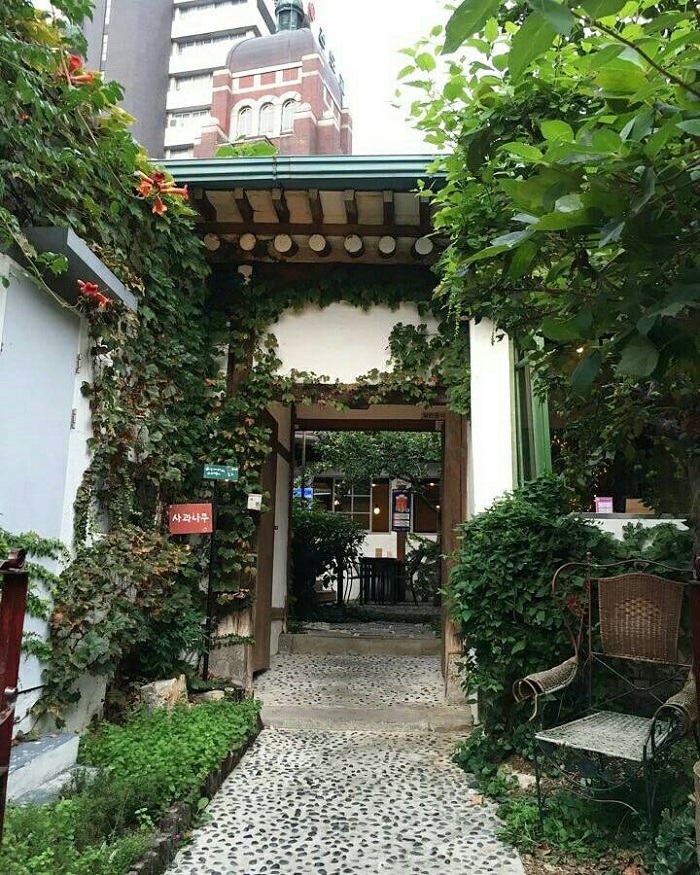
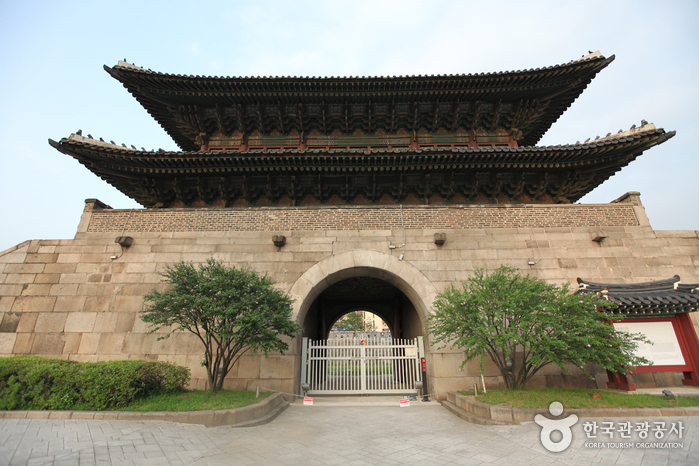
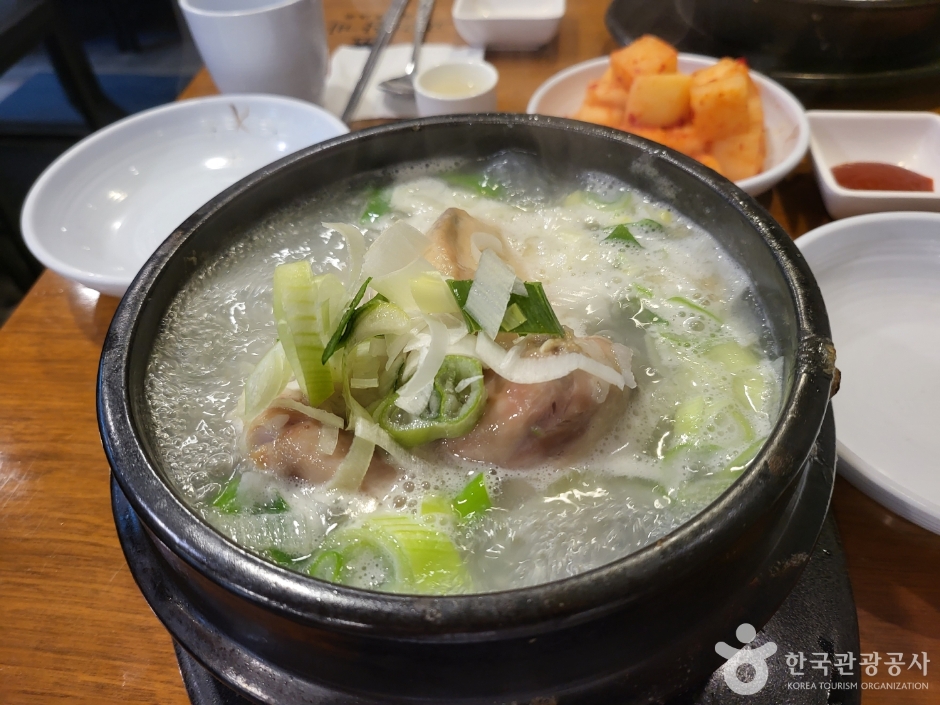
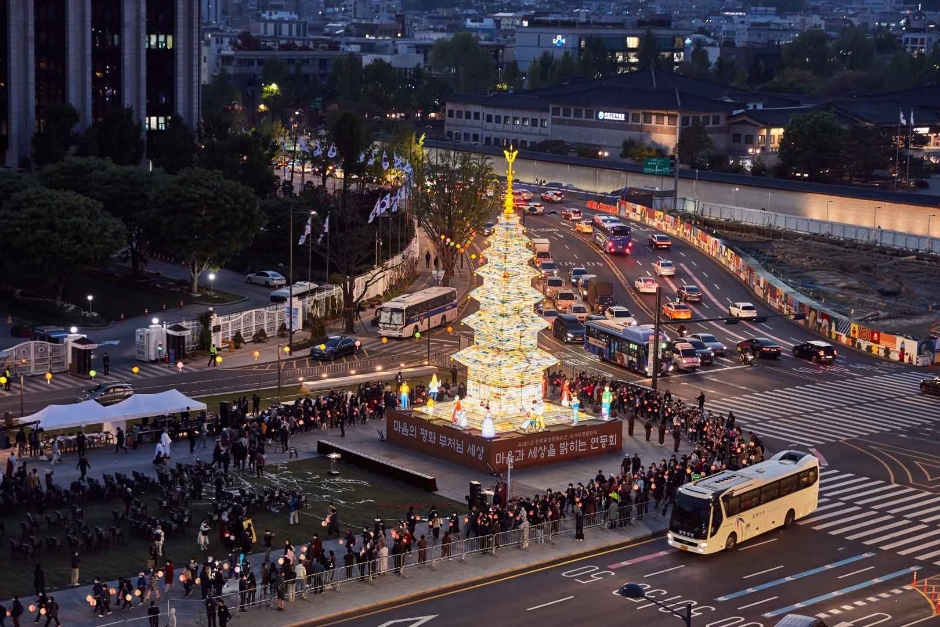


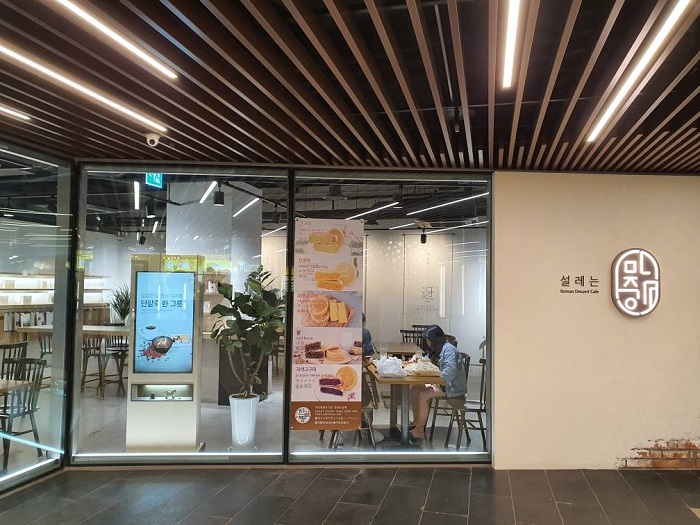
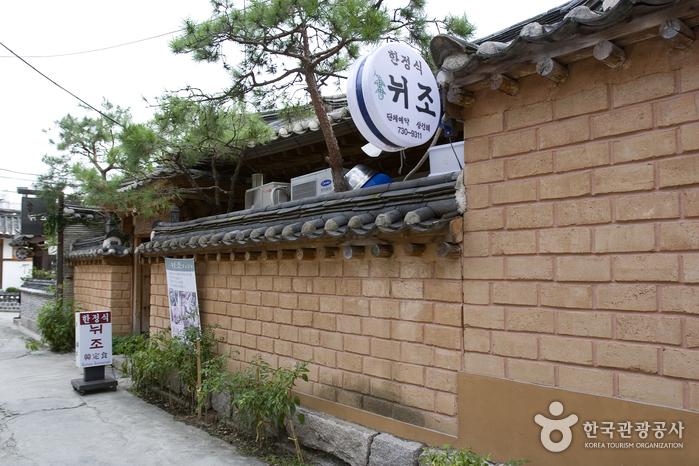
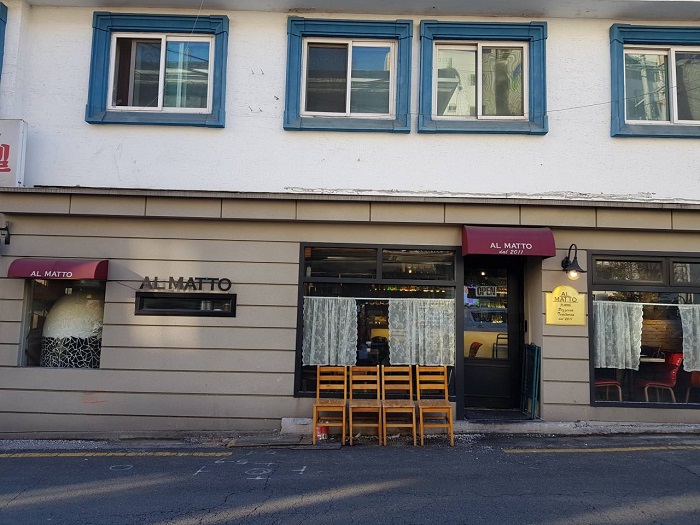
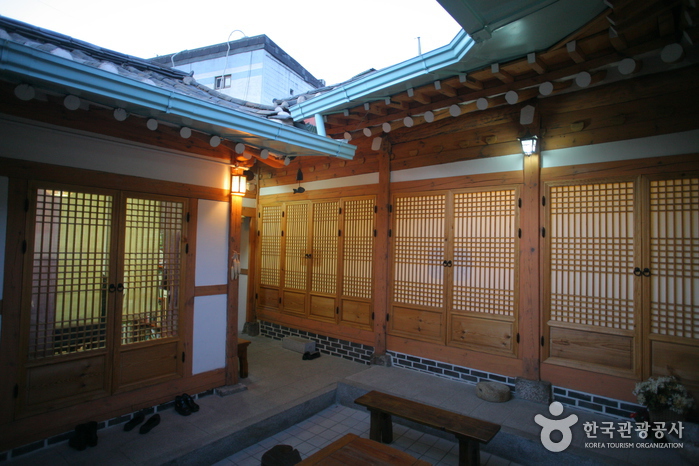
 Español
Español
 한국어
한국어 English
English 日本語
日本語 中文(简体)
中文(简体) Deutsch
Deutsch Français
Français Русский
Русский